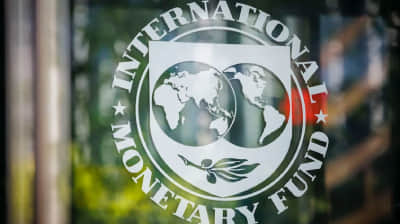National newscast trusted by 44% of Ukrainians, Zelenskyy leads public figures list
The information provided by the national 24/7 joint newscast is trusted by 44% of residents of Ukraine’s frontline areas. Telegram channels, international media and online media are also leading the list of most trusted information sources.
Source: a poll conducted by the Kyiv International Institute of Sociology (KIIS) in August
Details: In terms of trust (regardless of usage), the leaders are Telegram channels (51% somewhat or completely trust them, with only 8% who do not), international media (47% vs. 8%) and Ukrainian online media (45% vs. 11%).
The national 24/7 joint newscast is trusted by 44% against 18% who do not trust it.
Radio is also in the top five sources in terms of trust, with 37% trusting it and 9% not trusting it.
TikTok has the lowest trust scores, with 14% trusting it and 31% distrusting it (it is the only source on the list that has a negative (and quite significant) ratio of trust and distrust; at the same time, 40% of respondents under 25 years old trust it).
When asked openly about public figures who provide reliable information, 37% named President Volodymyr Zelenskyy.
Valerii Zaluzhnyi, Commander-in-Chief of the Armed Forces of Ukraine, holds second place (18%).
He is followed by blogger Oleksii Arestovych (10%), volunteer Serhii Prytula (9%) and Kyrylo Budanov, Chief of the Defence Intelligence of Ukraine (9%). Other people were named less frequently.
For reference: KIIS conducted a survey of residents of 10 frontline regions on 7-12 August 2023. It was commissioned by the Communications Transformation in Ukraine project, a USAID programme implemented by Chemonics International in Ukraine. The research was supported by the American people through the United States Agency for International Development (USAID).
A total of 1,000 interviews were conducted online with adults living in the frontline regions.
Under normal circumstances, the statistical error of such a sample (with a probability of 0.95 and not considering the design effect and the specifics of the research method used) did not exceed 3.3%. At the same time, additional systematic sampling errors may occur in times of war. The peculiarities of the online interview method should also be taken into account.
Support UP or become our patron!





